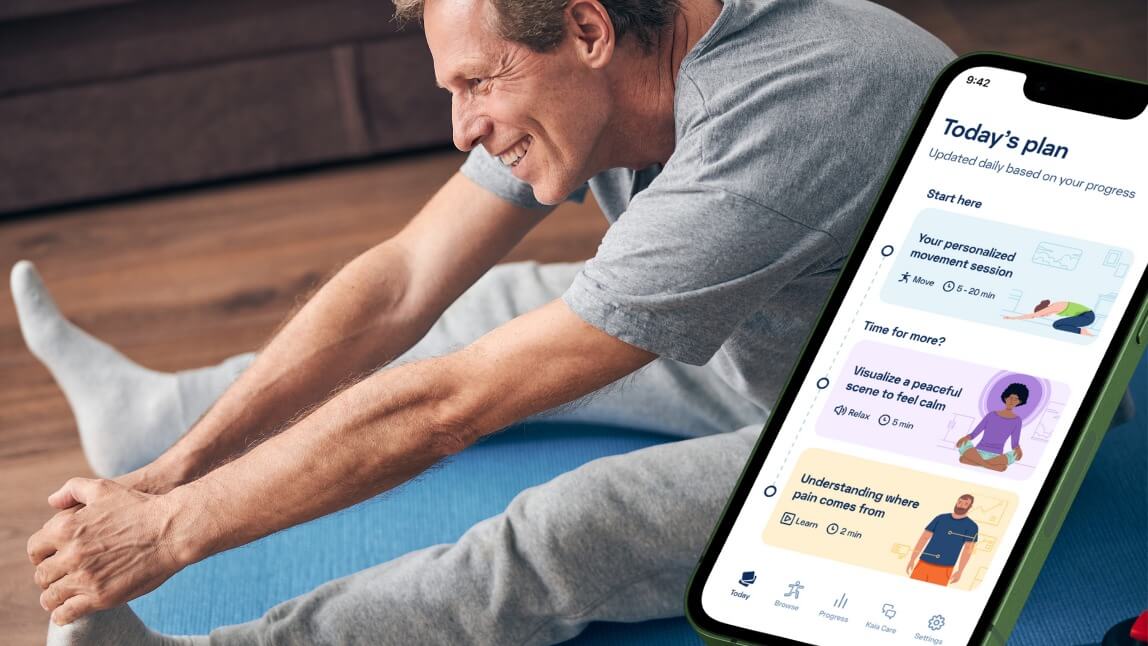
The Gold Standard Approach for Chronic MSK Pain: Meet David
Find out how Kaia Health's digital-first, multimodal solution can help address musculoskeletal (MSK) pain and enhance employee well-being.
3 min read

Further Reading
-
 How HR and benefit leaders can prepare for COVID-19 challenges ahead.3 min read
How HR and benefit leaders can prepare for COVID-19 challenges ahead.3 min read -

Place Your Bet on Engagement and ROI Will Follow
How to leverage digital health and personalization to manage chronic disease, improve population health and boost bottom-line results.3 min read -

Point Solutions vs. Integrated Platforms for Chronic Diseases
Aligning member health goals with digital solutions.4 min read